Transcreation is the art of adapting marketing content across languages and cultures—not just translating words, but preserving intent, emotion, and meaning. It’s often used for slogans, taglines, websites, and campaigns to ensure messages resonate with local audiences.


In today’s internet-driven world, idioms and cultural norms shift by the minute, and translations that work in one place can get completely lost in another.
Luckily, this is where transcreation (also known as creative translation) shines.
Take Intel’s slogan, “Sponsors of Tomorrow.” Although the slogan suggests innovation in English, Brazilian audiences interpreted it more literally, as if it were something that didn’t yet exist.
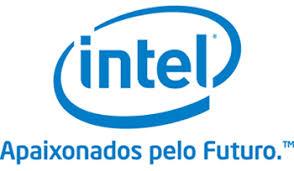
To better resonate with local consumers, Intel transcreated the line as “Apaixonados pelo futuro,” or “In love with the future.” The new phrase preserved the original intent while aligning with the cultural and emotional expectations of the audience.
So, how can you ensure your brand messaging travels well across borders? In this guide, we’ll walk you through the art of transcreation.
Product names, taglines, and other advertising content often don’t translate cleanly from one language to another. A literal translation can fall flat or change the meaning entirely.
Transcreation solves this problem. It involves adapting content so that the original voice, emotion, and intent still come through clearly in a new language.
The ultimate goal is simple: marketers want their message to connect with people in every region. This means ensuring the content feels personalized, culturally relevant, and emotionally resonant.
When companies connect with customers’ emotions, the payoff is huge. One major bank saw account usage increase by 70% and new accounts rise by 40% after launching a Millennial-focused credit card designed to foster emotional connections.
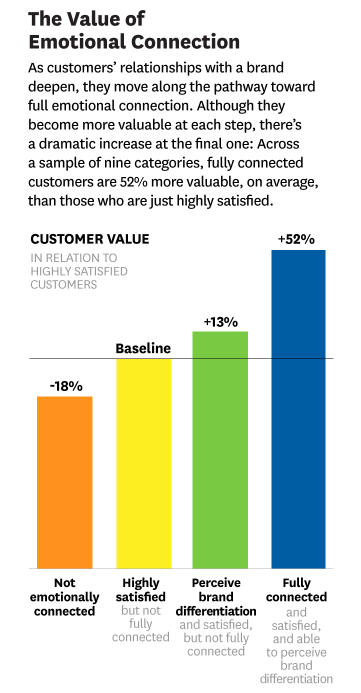
Poor quality translations can make emotional connections feel forced or unnatural, resulting in fewer conversions and less value for brands entering new markets. This is where transcreation saves the day.
Transcreation blends translation and creation. It’s the art of adapting a message across languages and cultures while preserving its emotional impact and intent, rather than its literal meaning.
A well-known example is McDonald’s iconic “I’m Lovin’ It” campaign. In some cultures, the idea of “loving” a burger felt a little too intense. So, in Spanish-speaking markets, McDonald’s adapted the slogan to something closer in spirit to “Me encanta,” which more accurately conveys delight or enjoyment, rather than romantic love.
Because transcreation takes more time than other forms of localization, it is mostly used for strategic branded content such as slogans, headlines, marketing, campaigns, brochures, commercials, and important brand messaging.
So, how exactly do translation vs transcreation compare, and how do you know which one to use?
Here’s a quick side-by-side look:
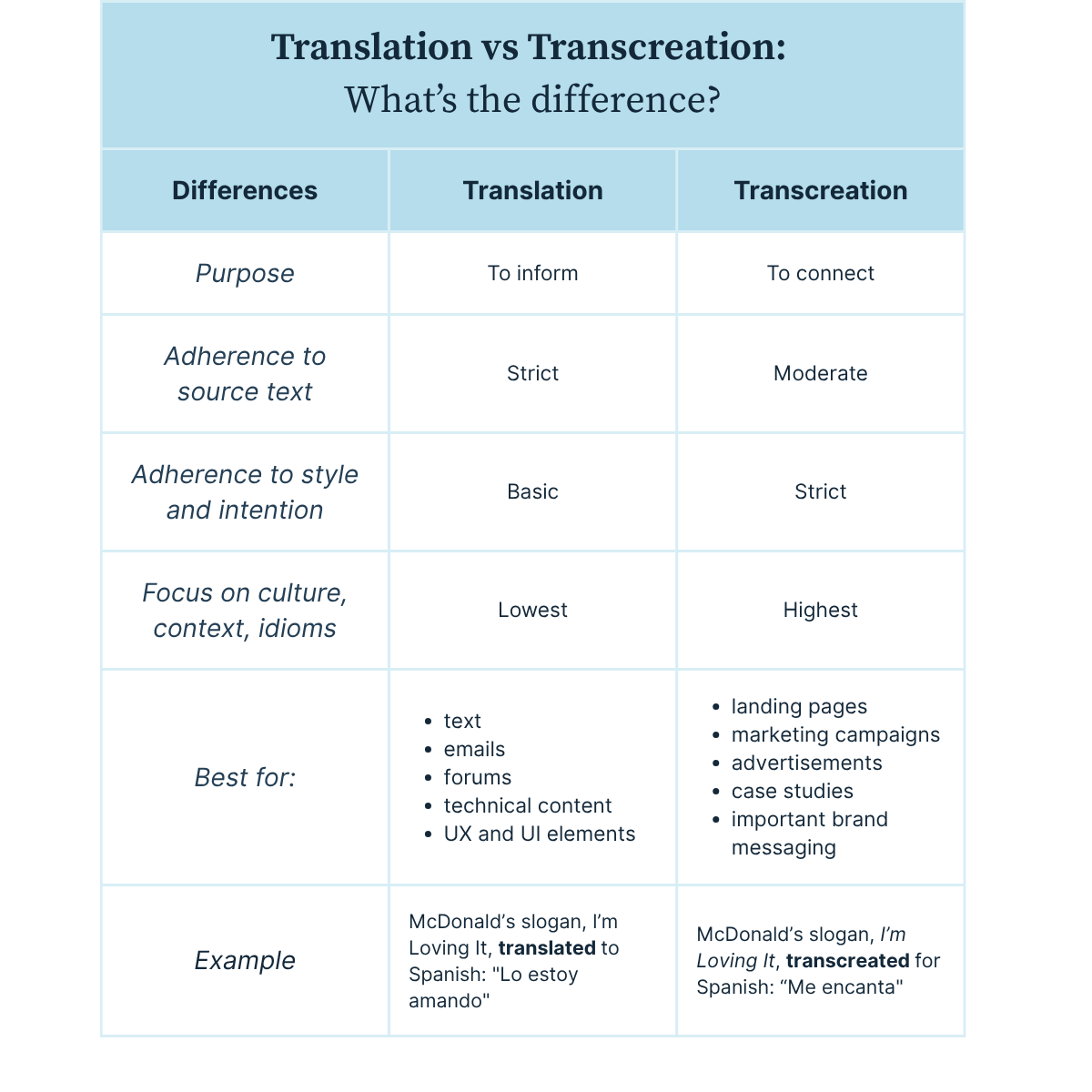
Let’s say you’ve been tasked with creating a landing page for a new market. A transcreated webpage might keep some elements from the original.
But beyond translating the content, transcreation also involves changes like:
Take Canva, for instance. Their industry-leading approach uses transcreation and copy adaptation to make listings feel native. Regional websites reflect local customs, language idioms, and even visuals that mirror the lived experiences of site visitors.
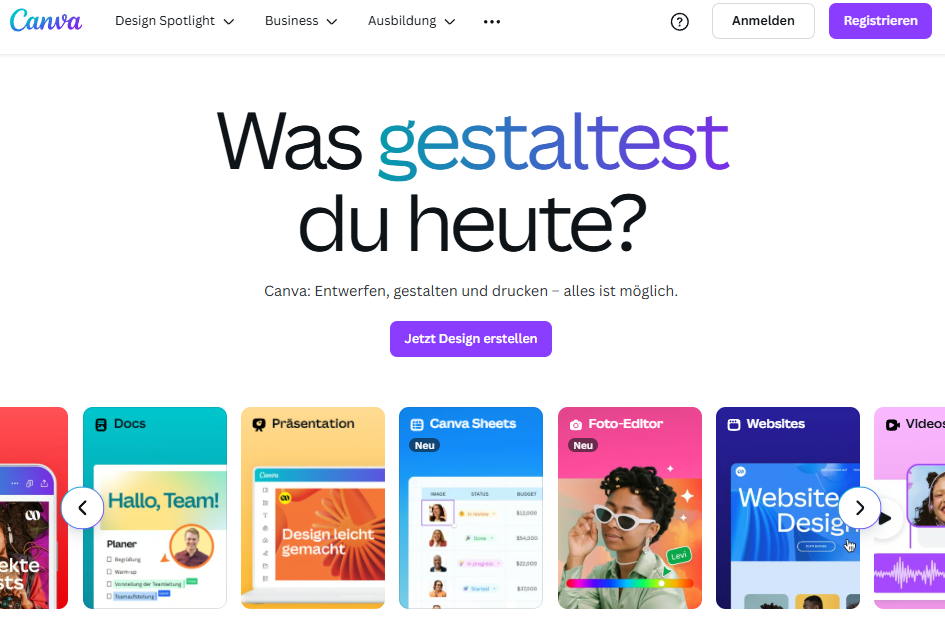
For example, take a look at the German transcreation of canva.com. Canva transcreated the messaging to make it concise and unique for German readers: “What are you creating today? Design, create, and print – everything is possible.” In contrast, the American version is a little longer and it focuses on using Canva for work, rather than creative play: “What will you design today? With Canva you can design, generate, print, and work on anything.”
Take Coca-Cola’s iconic “Share a Coke” campaign. In Western markets, the original campaign featured names on Coke bottles:
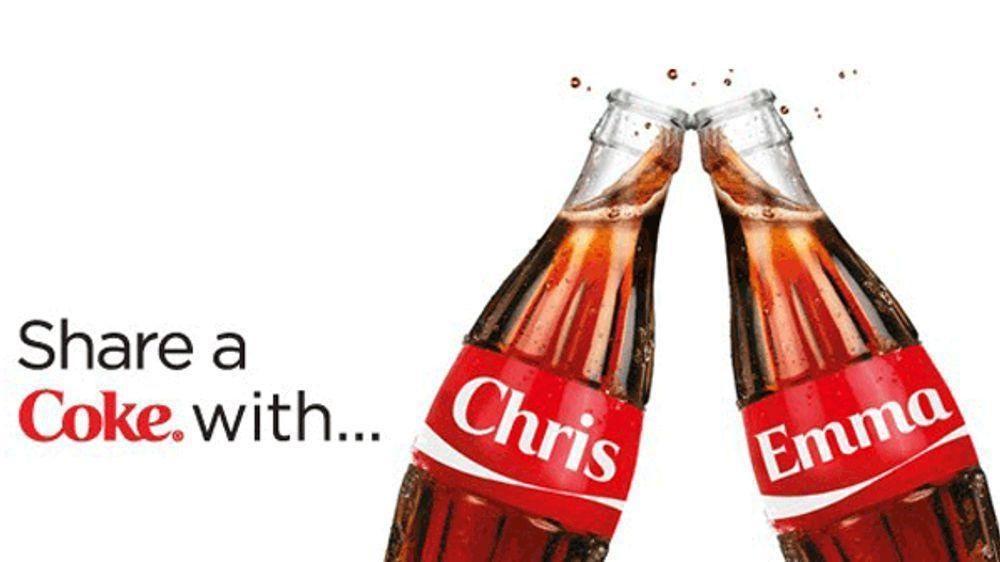
Interestingly, Coke’s global rollout didn’t just translate names; it transcreated meaning. In China, using someone’s first name can be perceived as overly intimate or awkward. The alternative: Chinese Coca-Cola bottles featured culturally relevant terms of endearment like:
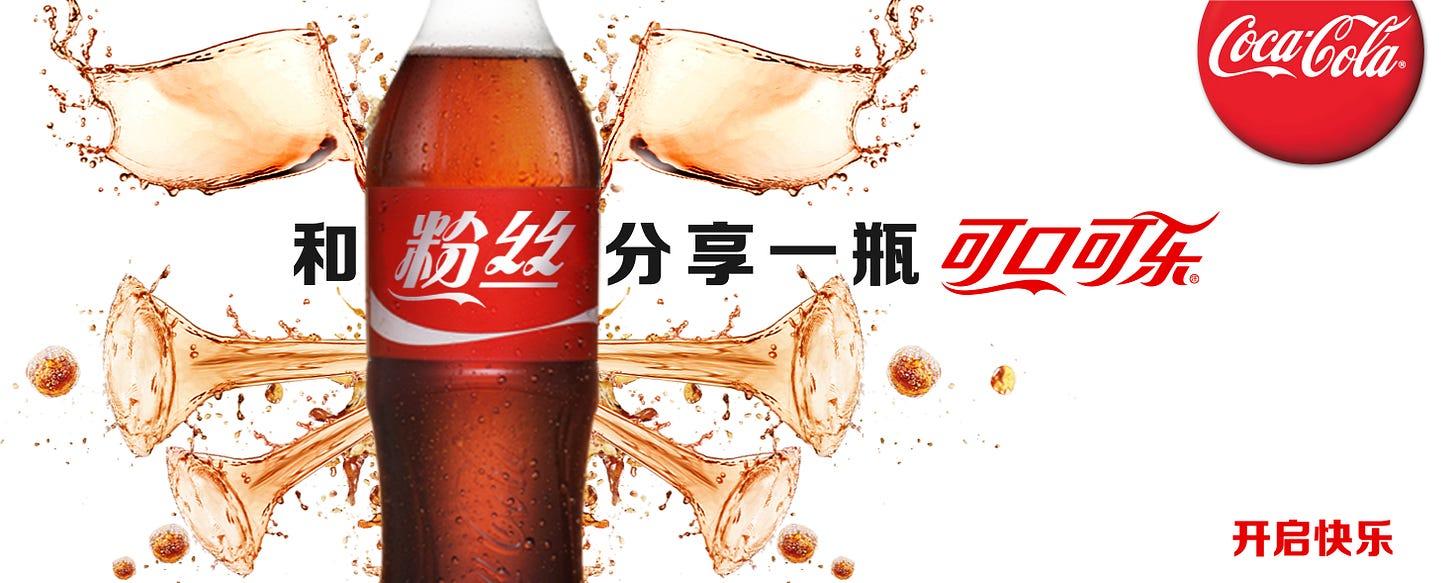
Netflix takes it a step further with its transcreation choices. When subtitling streaming media into new languages, Netflix encourages translators to propose new ideas and incorporate local slang and references, rather than attempting to translate international terms literally. They also test the subtitles with a local audience to ensure the cultural references ring true.
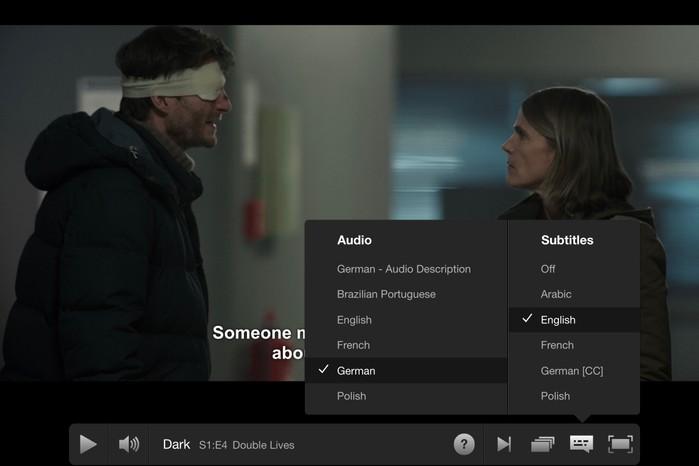
When launching products in new markets, Apple transcreates its advertising campaigns to make sure they resonate with local audiences. They translate the language and adapt visuals, slogans, and overall messaging to fit the local context.
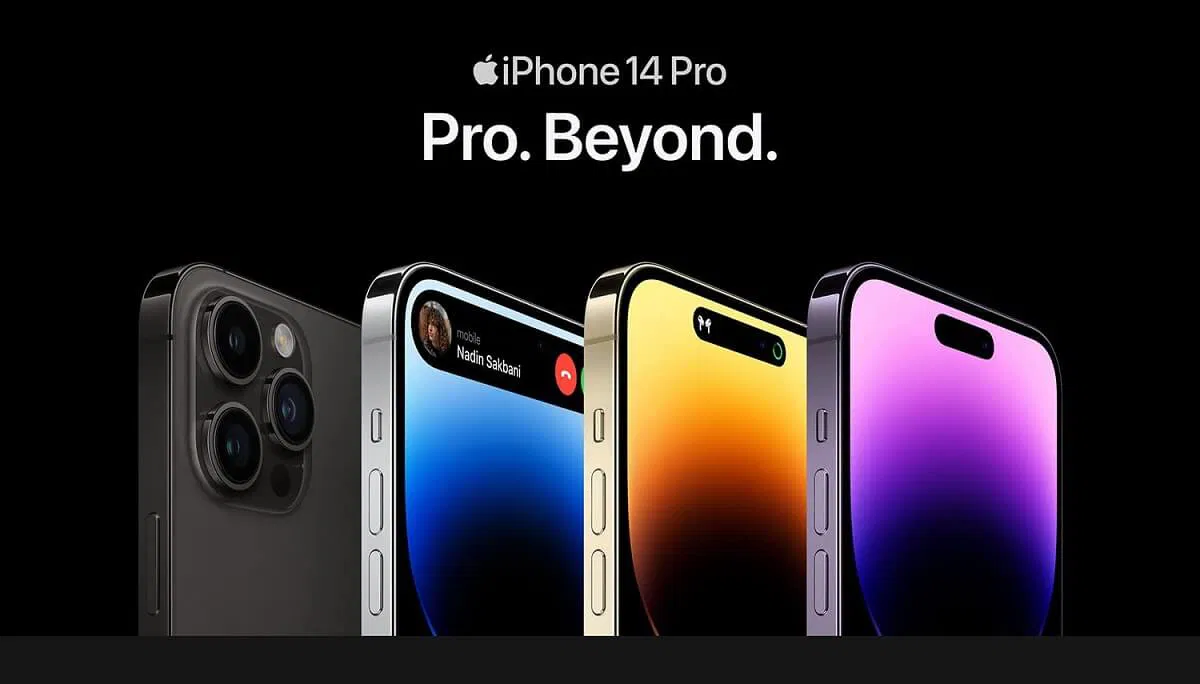
When the iPhone 14 Pro came out, the English tagline was, “Pro. Beyond.” However, the literal translation sounded strange in Spanish. So, they pivoted the slogan to “Pro. Muy Pro”, translating to “Pro. Very Pro” in English, while retaining the cadence and vibe of the original.
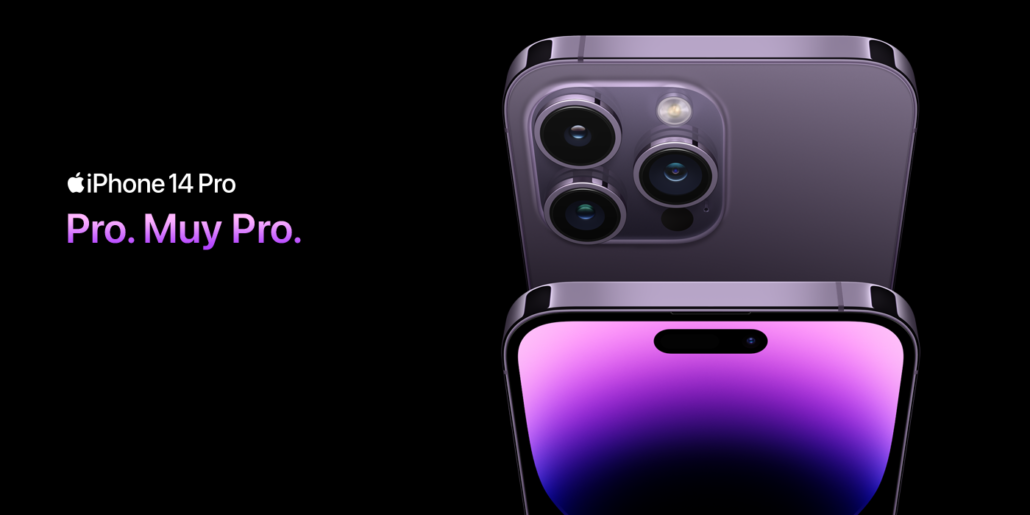
Transcreation used to be expensive. Blending creativity, cultural knowledge, wordplay, and language skills doesn't come cheap. However, tools like Localize now make it easier and more accessible.
Take our new On-Page Editor. As you translate your website, it automatically suggests phrasing that fits your brand voice, whether you're aiming for a casual, confident, or unique tone.
Behind the scenes, we’ve built in OpenAI and DeepL’s language models. They get nuance, slang, and idioms. And when you need a human touch, Localize connects you with linguists, local experts, and translators from services like Gengo and TextMaster.
With the right tools, you can go from “translated” to truly local.
Transcreation goes beyond literal translation—it's the art of creatively adapting content to evoke the same emotions, meaning, and impact in a different cultural context.
As brand strategist Henry Cadena aptly states, “In a world where cultural understanding is more important than ever for a brand to stay relevant, transcreation is a tool for building bridges and fostering meaningful connection.”
At Localize, we support this mission by offering on-page editing, streamlined workflow management, and seamless integration with advanced AI models. These features enable businesses to create culturally authentic content that resonates with audiences worldwide.

Brandon Paton, CEO and founder of Localize, is dedicated to helping businesses extend their global reach through impactful localization strategies. His leadership drives Localize's mission to empower companies in managing multilingual content, enhancing their international presence and customer engagement.
Transform your event management journey from concept to analysis with Releventful. Elevate each step with our comprehensive tools designed for unforgettable event experiences.
Explore our features now!